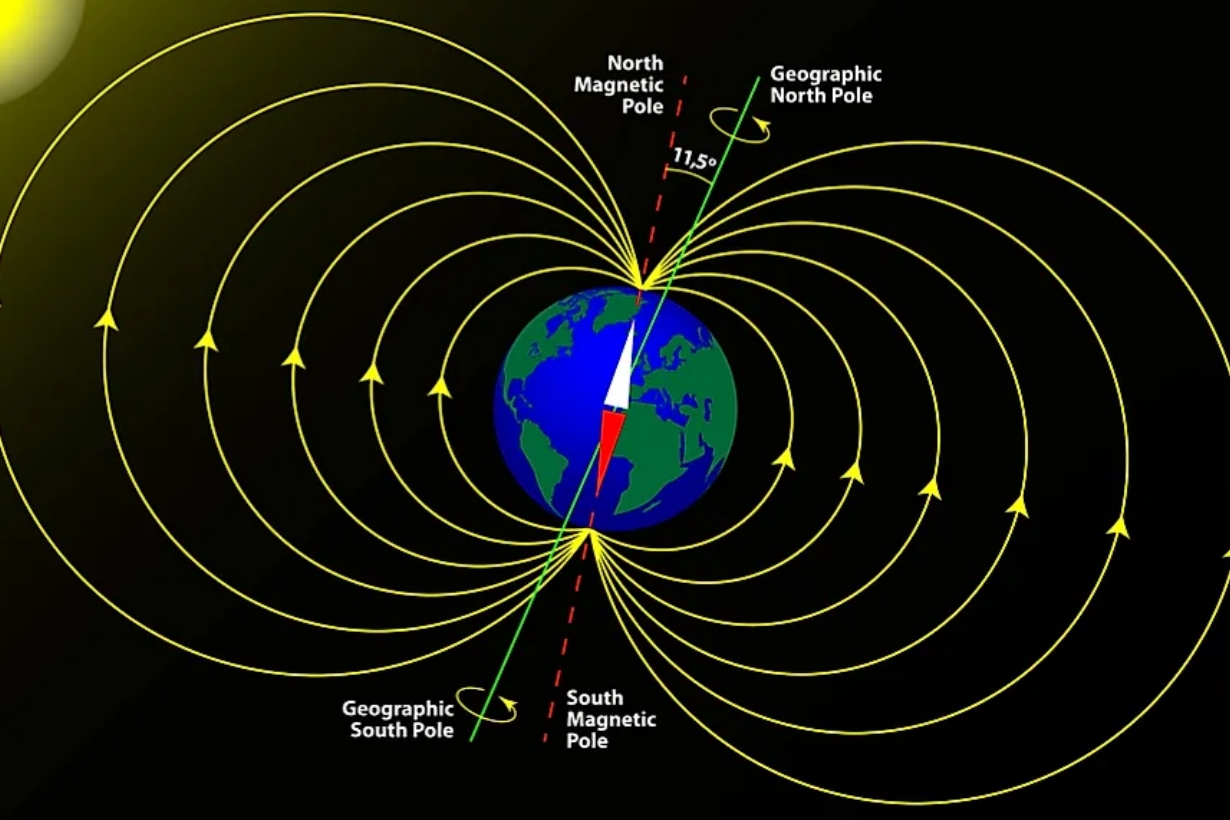What to Know about Super Strong Magnets
Magnets are perhaps the most exciting instruments of contemporary science and technology. Their capacity to apply massive forces and control objects remotely has transformed industry, consumer appliances, transportation, and even scientific studies.

Super Strong Magnets: Fundamentals & Science
1. How Super Strong Magnets Work
At a basic level, a magnet generates a magnetic field—a region close to it where magnetic forces can be measured. In everyday magnets, the field is quite weak, but in super strong magnets, the field can be hundreds or thousands of times stronger. The strength of a magnet is due to the way electrons in the material are organized. Each electron behaves like a tiny magnet due to its orbital and spin. Magnetic effects cancel one another in most materials, but in some metals and alloys, the magnetic moments of atoms all point the same direction, creating a very strong net magnetic field.
2. Magnetic Domains: What Makes a Magnet "Super Strong"
Inside every magnetic material are regions known as magnetic domains. Every domain is a collection of atoms whose magnetic moments all point in the same direction. In weak magnets, such domains are randomly oriented, reducing the overall magnetic effect. In super strong magnets, manufacturing processes ensure that the domains are not only large but also equally aligned. The more aligned, the more powerful the cumulative magnetic field.
This alignment of domains is usually accomplished by the process of magnetic annealing, in which the material is first heated to high temperatures and then cooled in a strong magnetic field. This "locks in" the domains with orientation, producing a magnet capable of exerting awe-inspiring force.
3. Strength of Magnetic Field: Tesla, Gauss, and Real-World Impact
A magnet's strength is measured in units such as Tesla (T) or Gauss (G). One Tesla equals 10,000 Gauss, so Tesla is the more convenient unit for very powerful magnets. For context, a typical fridge magnet's field is roughly 0.001 T (10 Gauss), whereas an industrial neodymium magnet can reach up to 1.4 T. MRI machines, housing some of the strongest commercial magnets, will usually run between 1.5–3 T.
Real-life applications of such strong fields are immense. Very strong magnets can be used to lift tons of kilograms, enable control of motion with very fine accuracy in robots, or regulate electrical currents in motors and generators.
Super Strong Magnets: Applications & Uses
1. Super Strong Magnets in Modern Industry
From cars to airplanes, heavy industry relies on super powerful magnets. They enhance efficiency and power transfer in electric motors and generators by creating higher magnetic interaction with moving parts. Giant magnets are used to separate metals from the remaining material in recycling, making waste processing and resource recovery easier. Production of high-precision equipment employs magnets to retain, lift, and put heavy pieces into place with high accuracy.
Related reading: 6 Uses of Permanent Magnets In Everyday Life
2. Consumer Electronics Magnets
Super magnets are not confined to industry—today they're everywhere in consumer electronics. Smartphones, headphones, and laptops all rely on tiny neodymium magnets for speakers, vibration motors, and attachment mechanisms. Wireless charging systems also utilize magnetic fields to navigate and transfer energy between devices without loss. Even magnetic closures on tablets or smart covers are designed to take advantage of the accuracy and force of these high-tech magnets.
Related reading: Permanent Magnets Used in Electronics and Computers
3. Magnet Levitation and Maglev Trains
One of the most promising applications of extremely powerful magnets is magnetic levitation, or maglev, technology. Maglev trains float above their tracks, suspended and propelled by strong magnets. This eliminates friction between the train and rails, resulting in extremely smooth and high-speed travel. Outside of transportation, magnetic levitation is also being explored in contactless bearings, precision lab equipment, and even futuristic ideas such as levitating display screens and drone docking stations.
Materials & Manufacturing
1. What Materials Are Used to Make Super Strong Magnets
Not all metals can be used to create a super strong magnet. The most common materials used are neodymium-iron-boron (NdFeB) and samarium-cobalt (SmCo) alloys. NdFeB magnets are extremely powerful and cost-effective but heat-sensitive and prone to corrosion. SmCo magnets are less powerful but highly resistant to oxidation and support higher temperatures and are thus widely utilized in aerospace and industry.
Other magnets, such as ferrites or alnico, are much weaker but usable in applications where extreme strength is unnecessary. The material to be used is decided by the tradeoff of strength, temperature resistance, corrosion resistance, and cost.
2. Sintered vs Bonded Magnets: Which One Packs More Power
Super strong magnets can be made in a few different ways. Sintered magnets are made from pressing and baking metal alloy powders, which yields extremely dense, strong, and uniform magnets. Bonded magnets are made by mixing magnetic powders with a polymer or resin and then shaping and curing. While bonded magnets have more design freedom, they often make weaker magnetic fields than sintered magnets. Where the most force is needed, sintered magnets are usually the best choice.
3. Coatings and Safety: Protection from Corrosion and Breakage of Super Magnets
Super strong magnets are chippy or cracky and also brittle. They are also susceptible to corrosion, particularly neodymium magnets. To prevent damage, magnets are often coated by manufacturers with nickel, epoxy, or protective coatings. Handling has to be carried out carefully: super strong magnets click together with a power that can harm fingers or electronic devices. Care and caution need to be practiced when storing, moving, or utilizing super strong magnets.
Conclusion
Super powerful magnets are incredible materials that generate enormous force from small objects. Their impact reaches far and wide across various industries, consumer technology, transportation, and scientific inquiry. Learning how they work and the materials used to produce them shows why these magnets are indeed at the cutting edge of today's technology.















